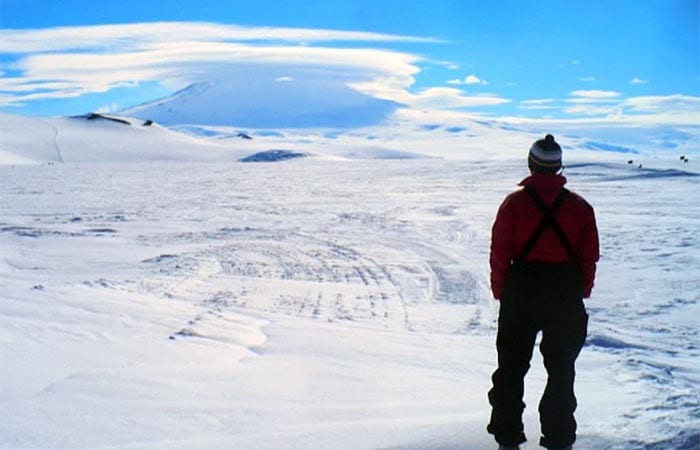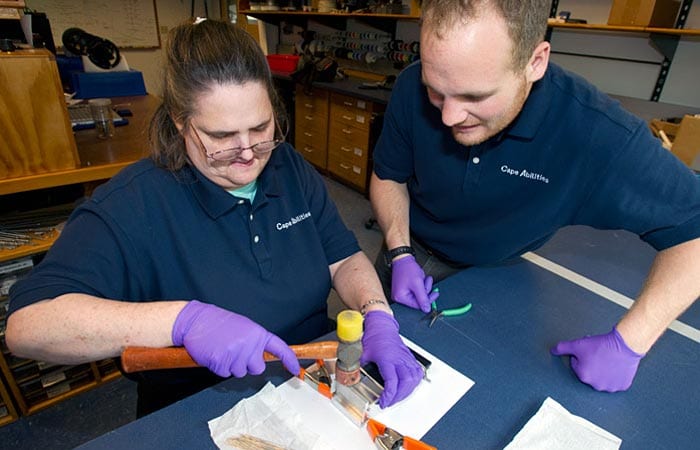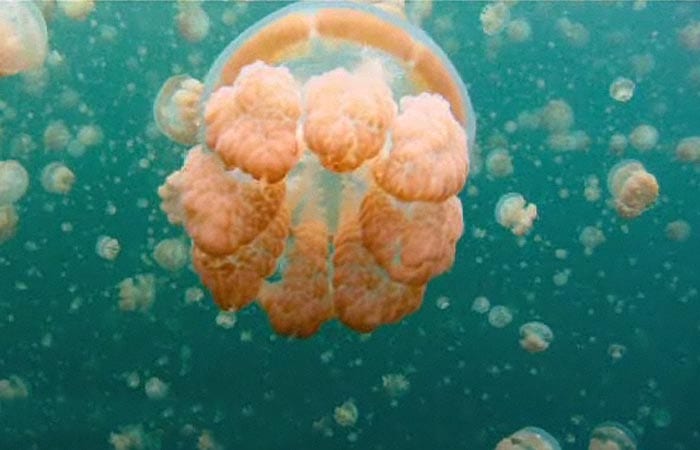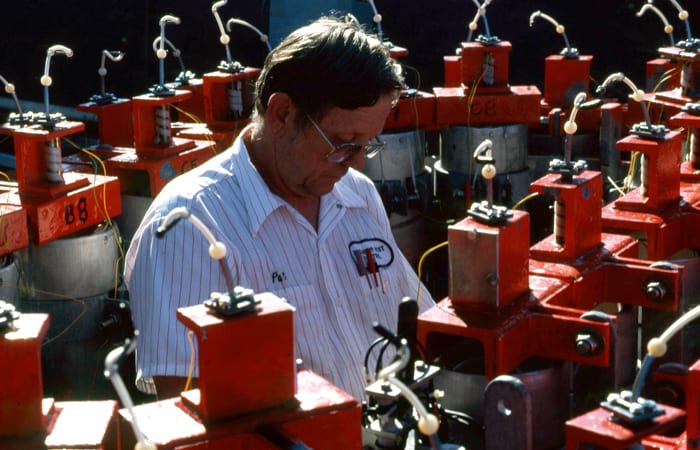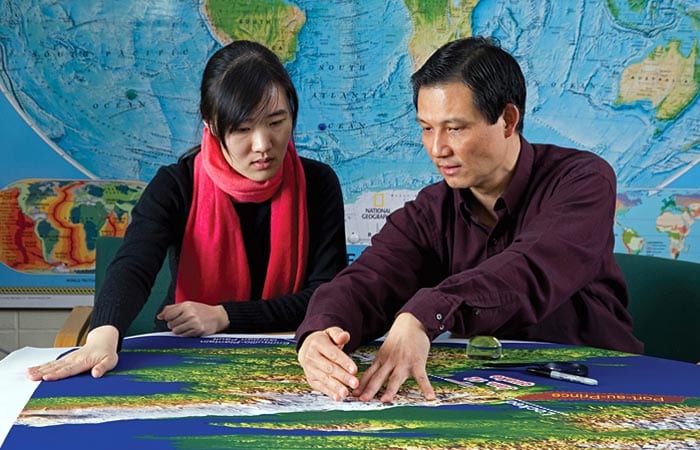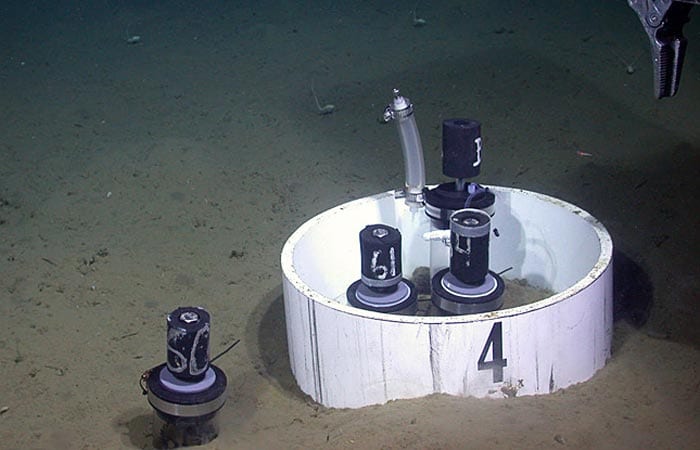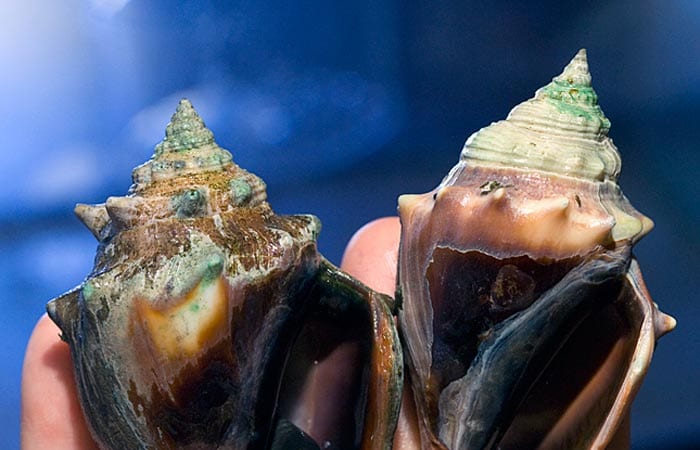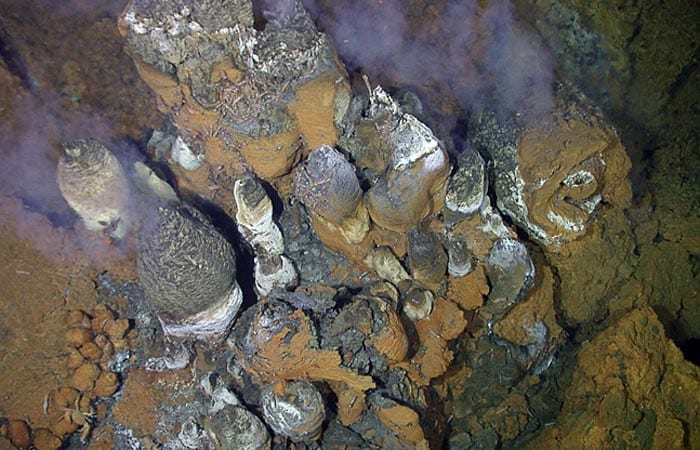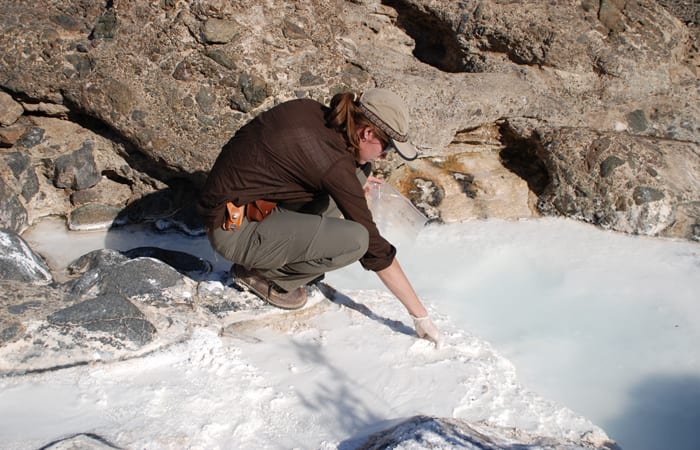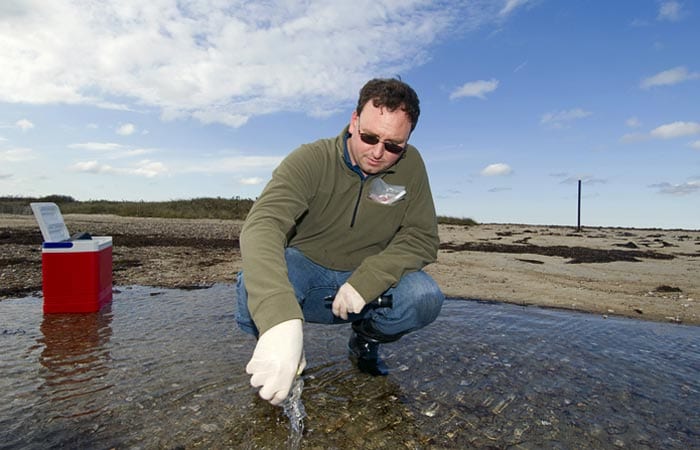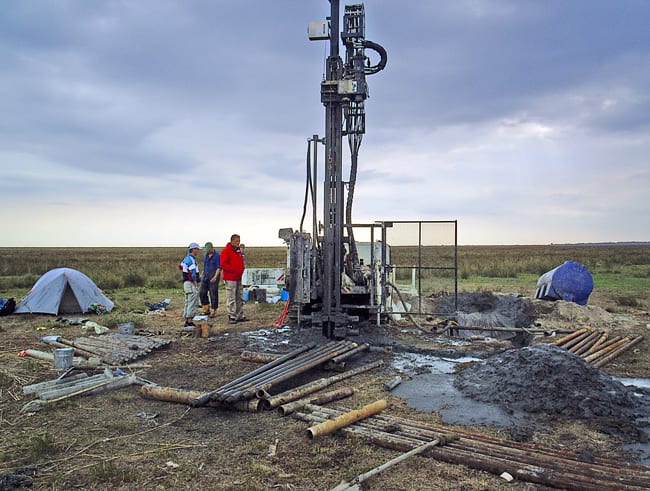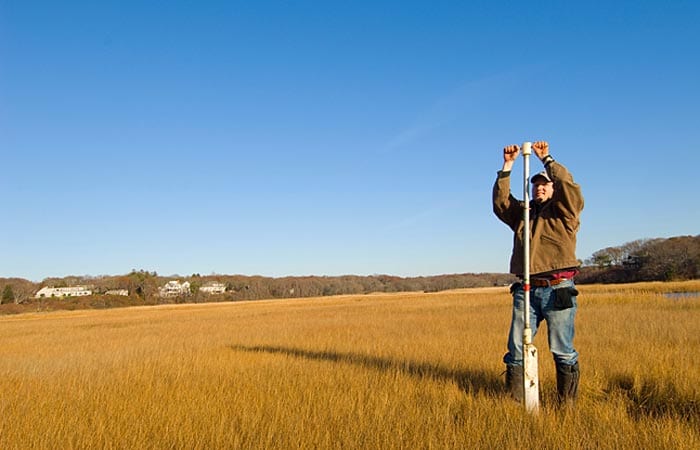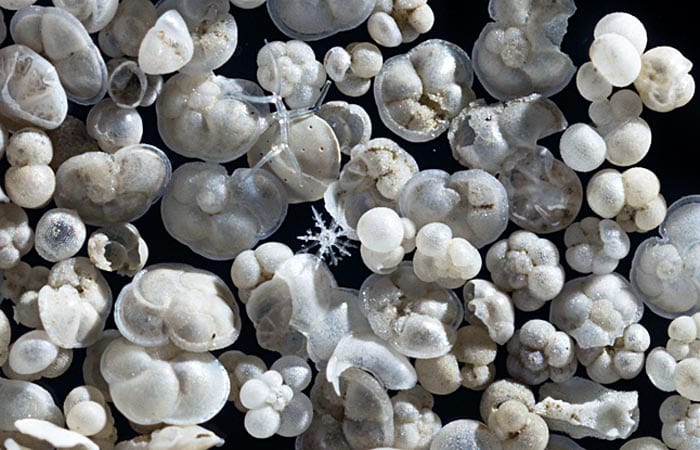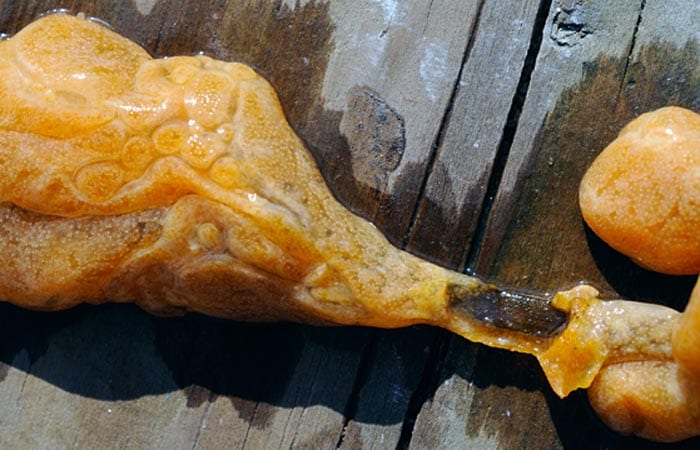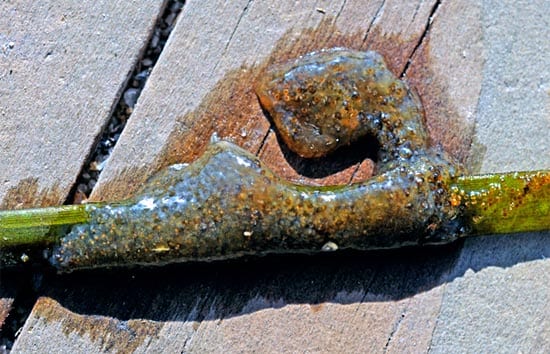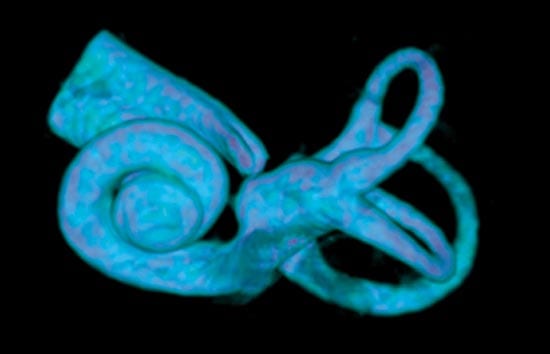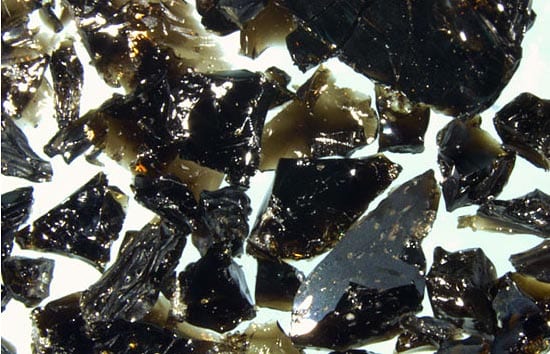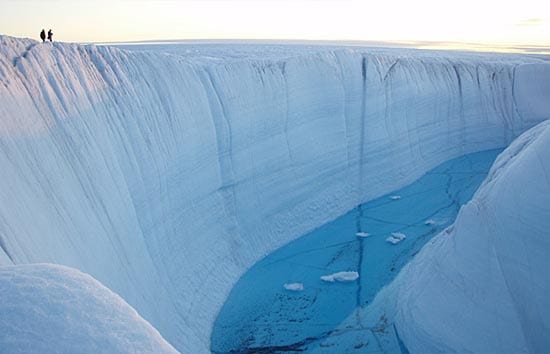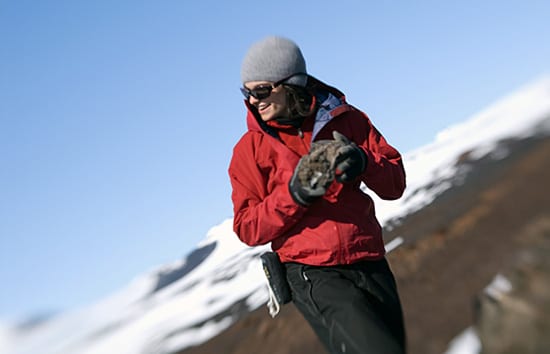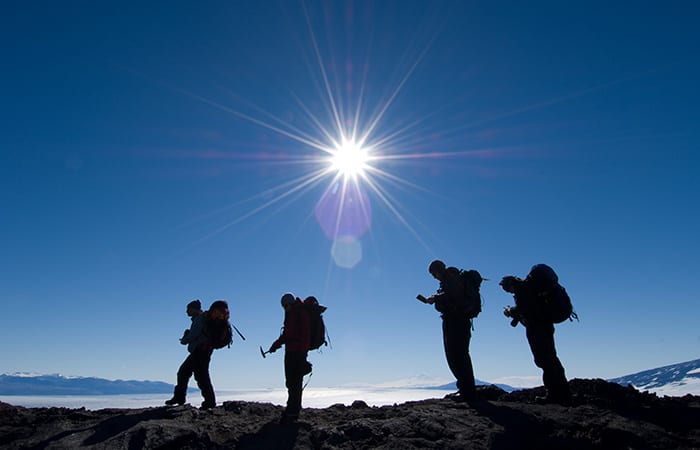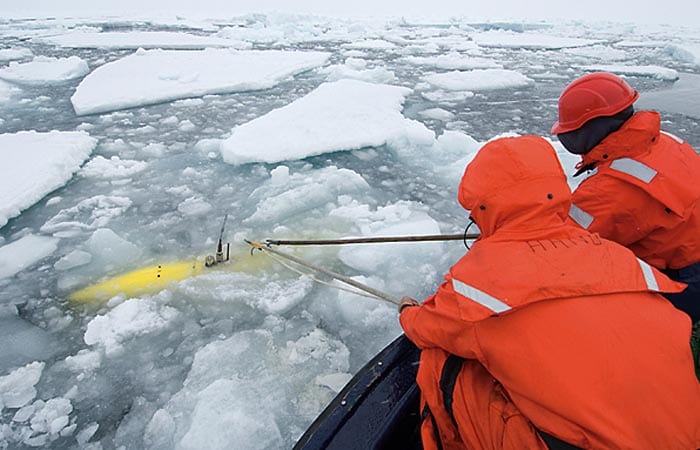Geology & Geophysics
Lessons from the 2011 Japan Quake
When the ground in Japan started shaking on March 11, 2011, the Japanese, who are well accustomed to earthquakes, knew this time was different. They weren’t surprised—the fault that ruptured…
Read MoreWHOI Receives $1Million from Keck Foundation for First Real-Time Seafloor Earthquake Observatory at Cascadia Fault
One of the most dangerous faults in North America is the Pacific Northwest’s Cascadia fault – an offshore, subduction zone fault capable of producing a magnitude 9 earthquake that would damage Portland, Tacoma, Seattle, and Victoria, British Columbia, and generate a large tsunami. Yet there are currently no instruments installed offshore, directly above the fault, for measuring the strain that is currently building up along the fault.
But a recent $1 million grant from The W. M. Keck Foundation to scientists at the Woods Hole Oceanographic Institution (WHOI) will change that. An interdisciplinary project led by WHOI geologist Jeff McGuire, an expert in global earthquake seismology and geodesy, and John Collins, director of WHOI’s Ocean Bottom Seismometer Lab, will build and install the first seafloor geodesy observatory above the expected rupture zone of the next great Cascadia earthquake.
The Scientist Who Stays Out in the Cold
Cape-Able Workers Build Deep-Sea Devices
In 2009 Rob Evans knew he had a laborious task coming. He needed to build 120complicated and delicate silver chloride electrodes for deep-sea instruments. He also wanted to change the…
Read MoreOf Predators, Prey, and Petroleum
Protists are the Rodney Dangerfields of marine microbes. Although marine bacteria emerged as heroes in the Deepwater Horizon affair, gobbling up vast amounts of spilled oil and gas, few people…
Read MoreAll the Pretty Jellyfish
<!– –> Pat Lohmann recently traveled to the tiny Western Pacific island nation of Palau to locate coral reefs with Anne Cohen, a scientist at Woods Hole Oceanographic Institution (WHOI).…
Read MoreEngineer Par Excellence: Donald Koelsch
Dave Ross should have been sleeping. He was on a research ship in 1975, at sea near the mouth of the Nile. It was 3 a.m., but instead of lying…
Read MoreLessons from the Haiti Earthquake
When I was a boy growing up in China, a 7.8-magnitude earthquake near the city of Tangshan killed more than 242,000 people and severely injured 170,000 more. More than 7,000…
Read MoreShould We Inject Carbon Dioxide into the Deep Ocean?
One proposed strategy to offset rising levels of greenhouse gases in our atmosphere is to capture carbon dioxide (CO2) emissions from fossil-fuel-burning power plants and pump them into the ocean…
Read MoreOcean Acidification: A Risky Shell Game
A new study has yielded surprising findings about how the shells of marine organisms might stand up to an increasingly acidic ocean in the future. Under very high experimental CO2…
Read MoreThe Promise and Perils of Seafloor Mining
A year ago, the Canadian mining company Nautilus Minerals was poised to launch a new industry: mining the deep ocean floor. All Nautilus had to do was finish building special…
Read MoreTurning Carbon Dioxide Gas into Rock
The Hunt for Microbial ‘Trojan Horses’
In summer, Wood Neck Beach in Woods Hole, Mass., teems with tourists, but only a few seagulls kept Matt First company as he walked through the brown-gold marsh grass last…
Read MoreNoah’s Not-so-big Flood
A long time ago, whether your time frame is biblical or geological, the Black Sea was a large freshwater Black “Lake.” It was cut off from the Mediterranean Sea by…
Read MoreHurricane Hunter
Soon after they married, Jon Woodruff asked his new wife Akiko Okusu if she’d like to take a trip to her native Japan. Not for a belated honeymoon, but to help…
Read MoreA Tale of Two Oceans, and the Monsoons
Every summer, the continent of Asia takes a big breath. This inhalation pulls moisture-laden air from the Indian Ocean over India and Southeast Asia, causing torrential rains known as the…
Read MoreInvasion of the ‘Alien Vomit’?
Are Sea Squirts Crowding Out Scallops?
Over the last 10 years, Mary Carman has documented how slimy sea squirts have invaded coastal New England, multiplying on rocks, docks, boat bottoms, moorings, and other hard surfaces. Their…
Read MoreThe Spiral Secret to Mammal Hearing
The spiral secrets of mammals? hearing abilities Whispering galleries are curious features of circular buildings. As whispers travel along the buildings’ curved walls, they remain loud enough to be heard…
Read MoreDeeply Submerged Volcanoes Blow Their Tops
A research team led by Woods Hole Oceanographic Institution (WHOI) has uncovered evidence of explosive volcanic eruptions on the Arctic Ocean seafloor almost 2.5 miles deep. Scientists did not think…
Read MoreCrack! A Lake Atop Greenland Disappears
In late July 2006, a 2.2-square-mile lake atop the Greenland Ice Sheet sprung a leak. Like a draining bathtub, the entire lake emptied from the bottom, sending water through a…
Read MoreAntarctic Andrea
The sound of boots crunching on brick-red gravel filled the thin Antarctic air. Three scientists—geologists from Woods Hole Oceanographic Institution (WHOI)—had been climbing for 30 minutes, staring at their feet…
Read MoreEarth, Wind, and Fire in Antarctica
From a windy, isolated camp in southern Victoria Land, Antarctica, three scientists from Woods Hole Oceanographic Institution explore how the waterless, lifeless, volcanic terrain formed and evolved. Read the story…
Read MoreArctic Voyage Tests New Robots for Ice-covered Oceans
In the summer of 2007, an international team led by scientists at Woods Hole Oceanographic Institution sailed to the Arctic Ocean aboard the Swedish icebreaker Oden. Their missions: to test…
Read More
